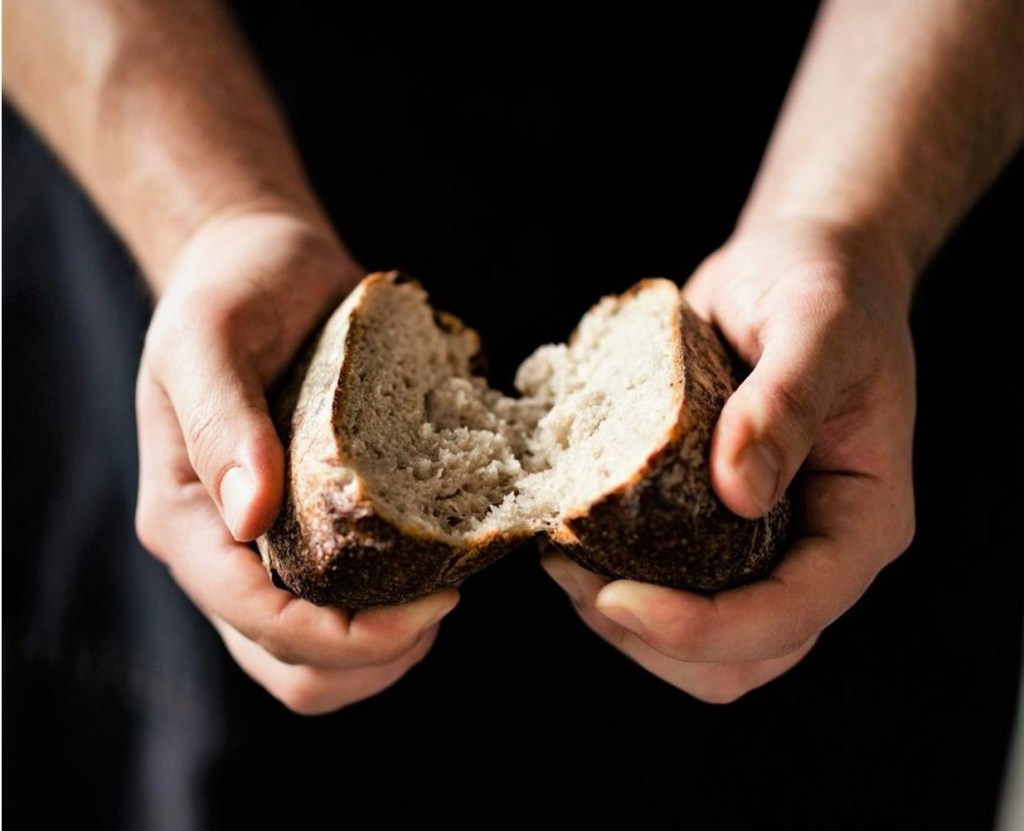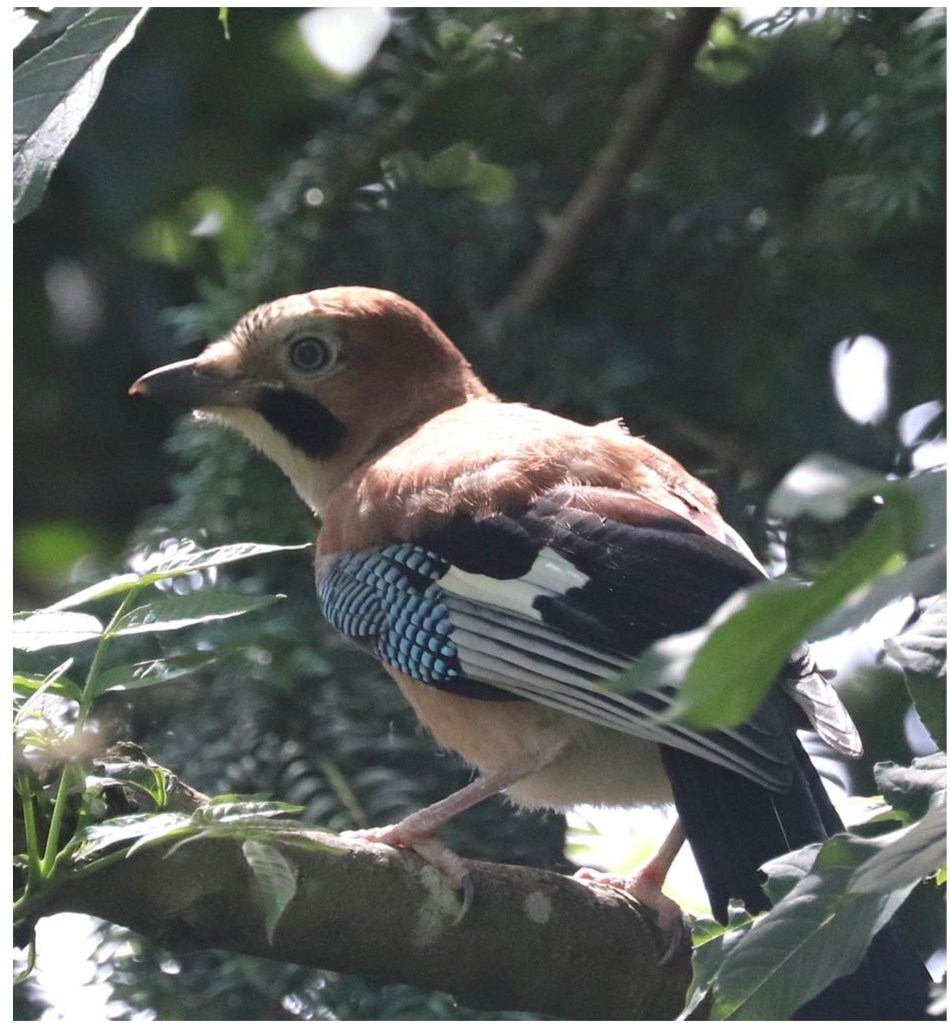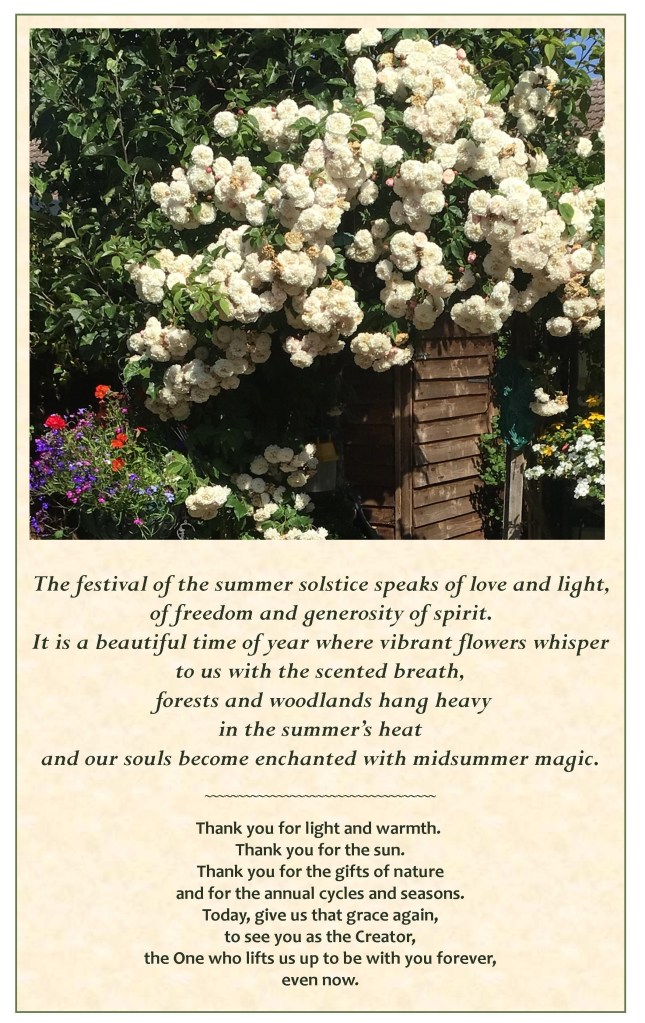
Put peace into each other’s hands. (Hands shaped like a cradle)
We sang this hymn yesterday at Church and, given the words, I am surprised how little I have sung it.
Against the background of increasing war, violence, anger and darkness in our world , it is very appropriate to use this song to open our hearts to prayer and meditation.
It offers a hope and an aspiration for a better way of living and being by reaching out in love and compassion to others. The version above is offered as a poem. It is the second version of the hymn.
It was written by Fred Kaan. He was born in Haarlem in the Netherlands in 1929 and was baptized but the family were not regular churchgoers. During the Nazi occupation, three of his grandparents died of starvation. His parents were deeply involved in the resistance movement in Holland and took in a number of refugees.
Fred became a pacifist in his teens and also began attending church.
He later moved to the United Kingdom where he joined the Congregational Church, (later to be known as the United Reform Church). He was ordained in 1955 in Barry, Glamorgan. In 1963 he was called to be the minister of the Pilgrim Church in Plymouth. It was whilst here that he began to write hymns.
In these hymns he was driven by his desire to work for peace and justice in the world.
The hymn, Put Peace into each other’s hands, (also known as Hands shaped like a Cradle) expresses this completely.
Of it, Fred said:
“This hymn was born when I watched people go forward to the altar rail to receive Communion: they shaped their hands like a cradle to receive the bread. (Bethlehem — house of bread — did not fully live up to its name until Jesus, the bread of life, was laid in the manger!)”
The Inter-faith version was a re-write asked for by the Chaplain of the recently opened Bolton Hospice, It was sung at the first anniversary of the Hospice opening. The Chaplain, Jim Hollyman soon recognized that the Hospice was caring for people who were also from the Muslim and Hindu faiths, so he asked Fred if he would write new verses which could be used on multi-faith occasions. This, Fred gladly did.
He continued to write hymns throughout his life.
He died in 2009 and some of his ashes are buried in the graveyard at St. Patrick’s Church on the shore of Ullswater, near his last home in the Lake District. He had asked that on his memorial stone, words from his hymn, Put peace into each other’s hands be engraved. The first verse marks his grave as does the two things of which he will be justly remembered:
Pastor & Hymn Writer.

Lord, we ask you please, to place yourself into our hands,
so that we may hold the hands of the fearful, the pain-filled,
the anxious, the homeless and the dying.
Help us to reach out in love and friendship to all in need
and touch all who despair, lack hope and long to know your
peace and justice in their lives.
Make us cradles to enfold everyone we meet ,
with your saving love.
[Mr G]







